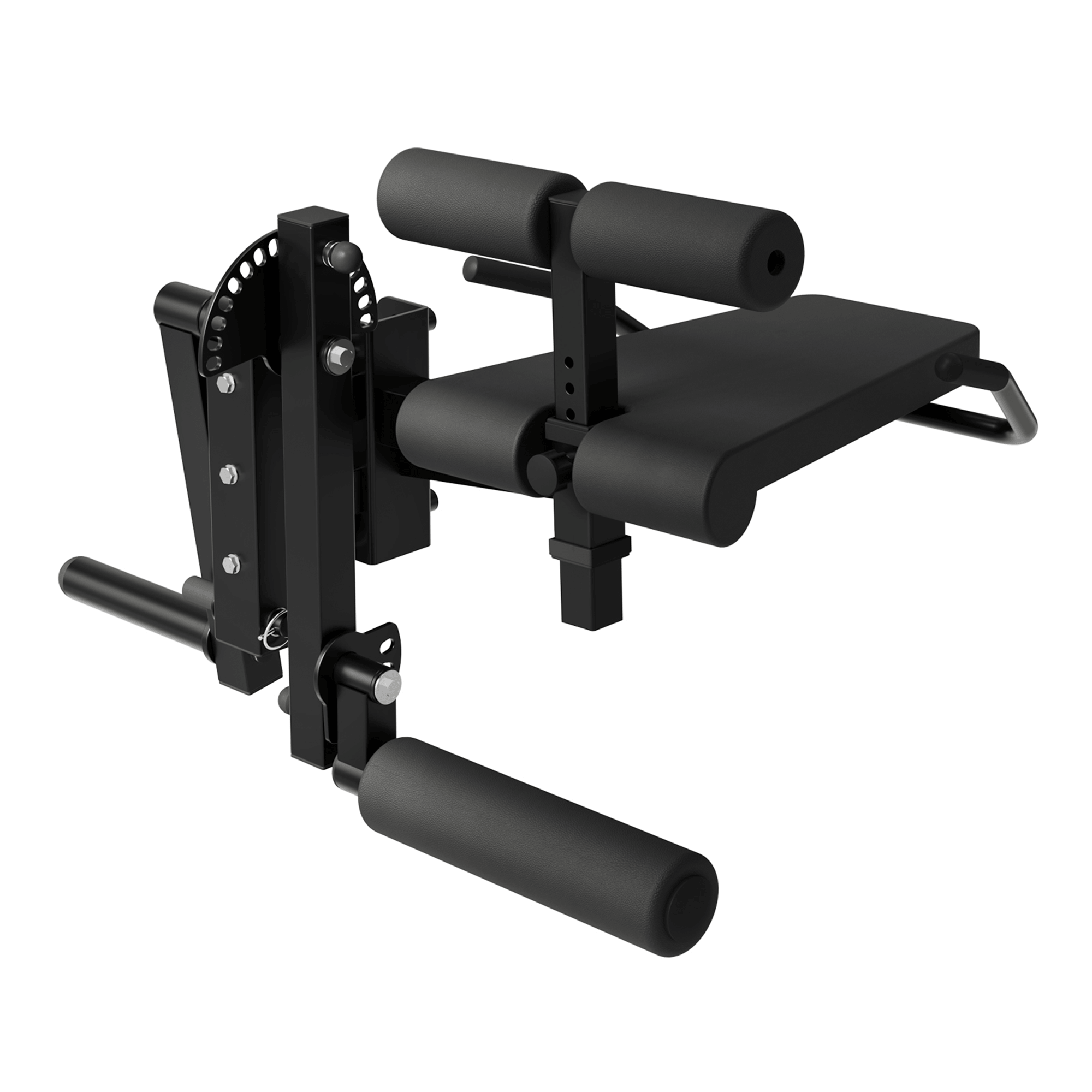When it comes to building a strong, well-rounded chest, most lifters immediately think of the flat bench press. It’s the gold standard in strength training and often used to gauge upper body power. But does that make it the best choice for everyone? Enter the incline bench press—a variation that targets different muscle fibers and challenges your body in new ways. Understanding the distinction between these two pressing angles can help you train smarter and see better results.
Muscle Activation: Upper vs. Mid-Chest
The primary difference lies in which part of the chest is emphasized. The flat bench press primarily targets the middle portion of the pectoralis major, making it a go-to for overall chest development. In contrast, the incline bench press shifts the angle to roughly 30–45 degrees, which places greater stress on the upper chest and anterior deltoids. If you’ve ever felt like your upper chest is lagging behind, incline pressing could be your missing link.
This upper pec activation isn’t just aesthetic—it also contributes to a fuller, more balanced chest. Many lifters find that incorporating incline work helps reduce the “flat shelf” look and builds a more complete upper torso.
Dumbbells or Barbells: Range of Motion Matters
Both the incline and flat bench can be performed using a barbell or dumbbells. Dumbbell variations generally allow a deeper stretch and a more natural arc of motion. On an incline, dumbbells further emphasize the upper chest and provide a greater range at the bottom of the movement. Flat dumbbell presses, on the other hand, are excellent for mid-pec engagement and are often easier on the shoulders compared to a barbell.
If your goal is hypertrophy, alternating between barbell and dumbbell variations for each pressing angle can provide a more complete stimulus for growth.
Is Incline Pressing Harder?
Yes, for most people, incline pressing feels more challenging than flat pressing. There are a few reasons for this. First, the angle itself reduces leverage, making the lift mechanically harder. Second, the incline press recruits smaller muscles—like the front delts—to a greater extent, which can limit the amount of weight you can lift. This doesn't make the incline inferior; it simply means it's targeting different areas and placing unique demands on your body.
In fact, some advanced lifters and athletes prioritize incline pressing because of its ability to improve shoulder stability and develop the upper chest, which can enhance overall pushing power and posture.
When to Use Each
If you’re building a workout plan, think of the flat bench press as your foundational strength movement. It’s perfect for generating raw power and stimulating the chest, shoulders, and triceps in a balanced way. The incline bench press, meanwhile, is ideal for addressing upper chest underdevelopment or when you want to reduce lower pec dominance.
Here’s a simple rule of thumb: if your chest looks fuller at the bottom but flat at the top, prioritize incline work. If your upper chest is well-developed but you struggle with overall pressing strength, keep the flat bench as your cornerstone.
Final Thoughts
Rather than choosing between incline and flat bench press, smart programming includes both. They complement each other, offering slightly different benefits in terms of muscle recruitment, movement mechanics, and long-term development. Rotate between them based on your goals, recovery, and what your physique needs most. The best chest routines are built not just on pushing heavy, but on choosing the right angles to push from.













































Leave a comment
This site is protected by hCaptcha and the hCaptcha Privacy Policy and Terms of Service apply.